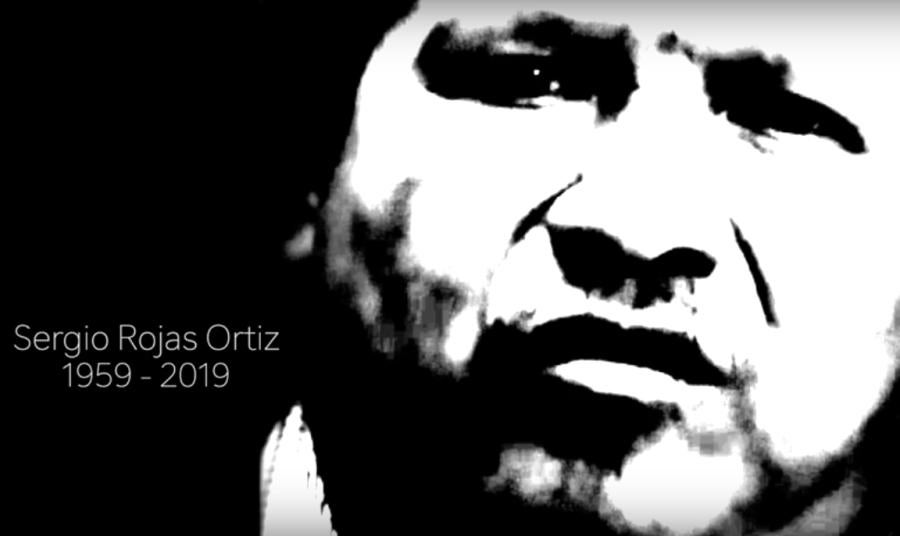Long touted as a tasty source of potassium, it seems bananas may also be rich in global socio-political commentary. Thanks to New York-based artist Douglas Fishbone, the fruit is emerging as a piquant symbol of American imperialism and an international culture of consumerism.
In August of 1999, Mr. Fishbone assembled a massive heap of 25,000 ripening bananas in front of Cuenca, Ecuador's central bank, marking the first of his three "banana installations." While his medium may conjure a specific visual representation, the bananas' presence both as commodity and socio-economic symbol speak to the precarious instability faced by many Latin American nations. In Ecuador and Costa Rica, for example, where Mr. Fishbone has staged his installations thus far, the enormous piles of fruit serve as eminently literal metaphors of these countries' status as banana republics. Banana cartels have had a devastating impact on indigenous growers in places like Guatemala. Such states cope with vulnerable economies based on the export of one agricultural product or raw natural resource -- more often than not the consequence of imperialism at the hands of a stronger economic power. By dumping the currency of economic abuse at its doorstep, Mr. Fishbone seems to be urging both exploiter and exploited to wake up to a problem of individual, local, and worldwide proportions.
As important to Mr. Fishbone's work as its indictment of capitalism is the sculpture's interactive nature. Once he places the last bunch of bananas at the pile's apex, Mr. Fishbone invites his audience, mostly consisting of curious passersby, to help itself to the contents. While fielding occasional questions from onlookers, he passes out bags for people to use as they quickly pick apart his day's labor. What the audience members do with the bananas they take -- sometimes one, sometime bushels -- is unimportant to Mr. Fishbone. He explains that the simple exercise of taking bananas from the pile makes viewers participants in, and a part of, his sculpture. By devouring the mound of bananas bit by bit, viewers' actions come to represent what he refers to as "consumption as complicity." With this bit of symbolism, his intent is to illustrate our inability, or unwillingness, to perceive the societal oppression complacently propagated by capitalist consumers, whether the objects of consumption are bananas, iron ore, or Nike shoes. The result of this complicity, according to Mr. Fishbone, is "ultimately a form of capitalist cannibalism (the rich devouring the poor, and the poor devouring each other)."
For all the somber symbolism of his work, Mr. Fishbone insists that his sculptures be viewed with some levity. His first installation was staged in conjunction with a musical performance by a local arts collective. "It made the thing much more fun and carnival-like," he says. Stressing that his mounds are more than "just a morose or pedantic political statement," he is eager to reinforce the "simple absurdity" of his art and is somehow obliged to point out the obvious: his creations are just "giant piles of fruit in the middle of public spaces." The viewer, he writes, "is left, banana in hand, to consider his own role in the process. Or perhaps, more wisely, to enjoy a free meal from the gringo giving out fruit."
After two stagings in Ecuador and one in Costa Rica, Mr. Fishbone has voiced plans for installations in Austria and the United States, and he readily concedes that a change of locale will undoubtedly give rise to varying interpretations of his work and elicit a different range of response from viewers and critics alike. Nevertheless, Douglas Fishbone's ultimate goal is to get a world of consumers to consider just what we are sinking our teeth into.
Article copyright Cultural Survival, Inc.

